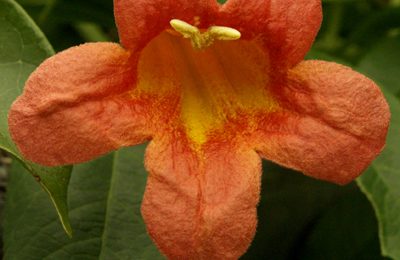Why did my sage, thyme and oregano rot?
Thanks to Tracie Storie for her great question and pictures! This is a very common problem in summer.
Here’s her story:
Tracie says that the problem started with her culinary sage in late spring, when almost the whole plant turned brown and crispy, then died, but a small portion held on and is green still. Several rows away the marjoram, thyme, and oregano are now showing these symptoms. Some of the leaves look burnt at the top like fire blight, and with a pear tree nearby that died of that disease, so could that be the problem?
Tracie notes that the herbs are several years old and she doesn’t water them much. Could the problem be drought combined with old age, or do the herbs have a disease that can be treated?
Finally, in May, she got lots of rain in a short amount of time. By then, it was also hot and humid.
What happened:
I think a FEW issues piled up here.
1. We can rule out fire blight, as herbs are not susceptible to that particular disease, so your infected pear tree would not have passed the bacterium along to nearby plants, unless they were apples, pears, quinces, or other pear tree relatives.
2. The plants were older, so I’m sure they were large and heathy and full of leaves, which would have increased the humidity in the center of the plant when you got that heavy rain in May, just before you started to notice the problems.
3. The herbs had not been irrigated for quite some time, so they were growing in dry soil, which herbs do prefer to sogginess. So going from a nice, dry environment, to a heavy, wet environment definitely stressed the herbs.
4. Plus, if you have any amount of clay in your soil, that extra moisture would have been even more of a problem. Any time a plant’s environment changes so drastically, it’s going to be stressed, thus making it more vulnerable to pests and diseases.
5. I’d suggest cutting all the dead and damaged growth back and seeing if the plants recover with new growth, like your sage did. If the problem continues, you might want to move the herbs to a raised bed, where you can install more porous soil to increase the drainage.
6. It’s not unusual to lose sage and thyme in our humid summers, especially in rain bombs.

 Daphne Richards
Daphne Richards
 Trisha Shirey
Trisha Shirey